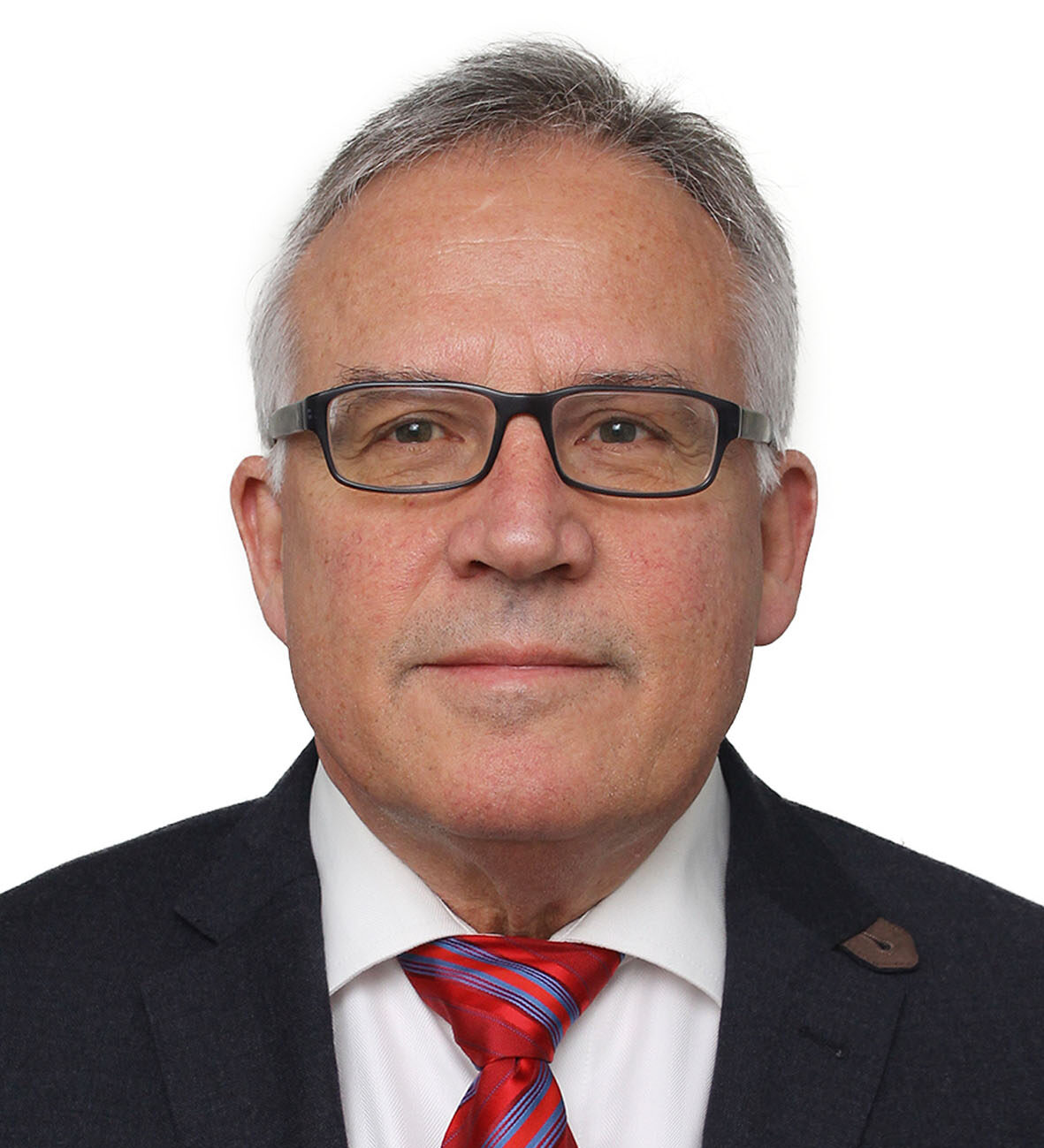Klaus-Dieter Merz

Bio
He is a graduate in chemical engineering at tech. College in Duesseldorf in 1980. He worked at the R&D at Sonnenschein Batteries for 7 years. From 1993 to 1999 he was Marketing and Product Manager for EV and HEV Applications. From 2000 to 2007 he was Director Marketing for Motive Power Products for Exide Technologies.
In 2008 he joined Abertax Technologies to work on product for Energy storage, sustainable energy generation and EV and HEV technology. He consults several battery companies in Europe, Asia and USA on VRLA battery technology, works on systems integration of batteries and accessories for complete energy solutions.
KD is council member of the Abertax Group of companies.
The first production of GEL batteries goes back to the ‘60s starting with low-capacity batteries (<25Ah). At that time, blocs and later cells were assembled with formed negative and positive electrodes. This resulted in a direct gel filling process. Due to high production costs coinciding with environmental issues, this technology became obsolete and was replaced by the so called two shot process: – formation with liquid sulphuric acid and discharging – acid drainage and gel filling with a vacuum filling machine and charging. In 2000 a new patented technology was introduced for gel filling, the so-called Gel Circulation Technology. Since then, many major battery manufacturers incorporated this production technique to gain the main advantages of this process including lower investment costs, faster production and better product quality The only one disadvantage of this technology was that it was the batch process. This meant that for a quantity of cells or blocs, the gel mixture had to be prepared. Following the gel circulation, a new gel mix, with the free electrolyte weight of the next group of cells or blocs, had to be formulated each time. This limitation in productivity can now be eliminated by a continuous process which will be described in this presentation.


